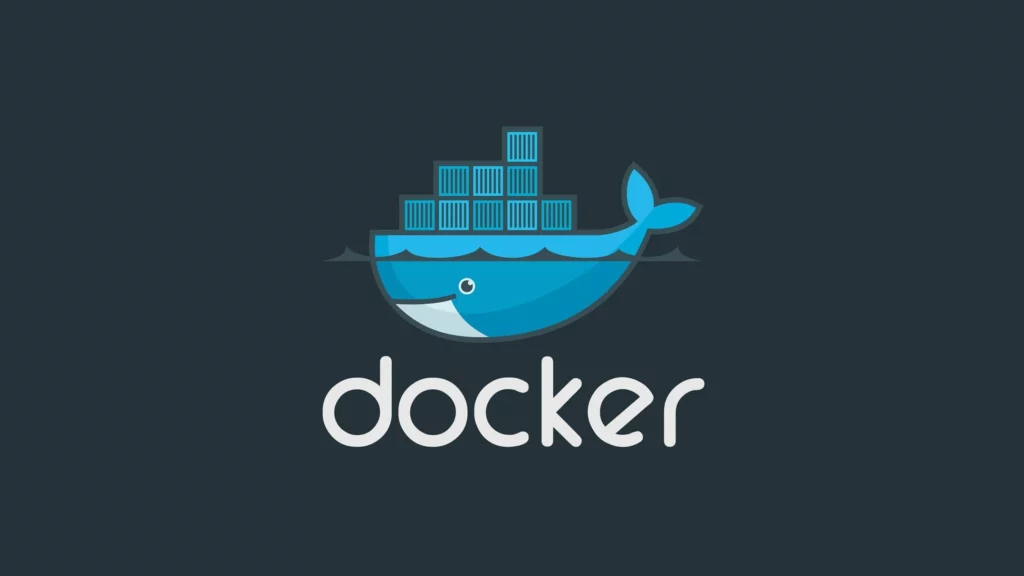
In today’s world of software development, containerization has become increasingly popular as a way to package, distribute, and run applications. Docker is one of the leading containerization technologies that enables developers to build and deploy applications as containers. In this blog post, we will provide a Docker 101 guide to help you understand the basics of containerization and how Docker works.
What is containerization?
Containerization is a process of creating lightweight, portable, and self-contained environments to run applications. A container is an isolated environment that contains everything an application needs to run, including the code, runtime, system tools, libraries, and settings. Containers are designed to be easily moved across different systems and platforms, which makes them an ideal solution for running applications in distributed and cloud-based environments.
Containerization provides many benefits, such as increased application portability, scalability, and consistency across different environments. It also allows developers to package applications with their dependencies, which makes it easier to manage dependencies and avoid conflicts with other applications.
What is Docker?
Docker is an open-source platform for building, shipping, and running applications as containers. Docker provides a set of tools and services that make it easy to create, manage, and deploy containers. Docker uses a client-server architecture, where the Docker client interacts with the Docker daemon to create, manage, and run containers.
How Docker works?
Docker uses a layered file system and a set of configuration files to create and manage containers. A Docker image is a template that contains all the necessary files and dependencies to run an application. Docker images are created from a Dockerfile, which is a text file that contains a set of instructions for building the image.
When a Docker image is run, it creates a container, which is an instance of the image. Containers are isolated from each other and from the host system, which means that they can have their own system settings, network configurations, and file systems.
Docker provides a set of tools and commands that allow you to create, manage, and deploy Docker images and containers. Some of the most common Docker commands include:
docker build– builds a Docker image from a Dockerfile.docker run– runs a Docker container from a Docker image.docker stop– stops a running Docker container.docker rm– removes a Docker container.docker push– pushes a Docker image to a remote registry.docker pull– pulls a Docker image from a remote registry.
Conclusion
In this blog post, we have provided a Docker 101 guide to help you understand the basics of containerization and how Docker works. Containerization has become an essential tool for modern software development, and Docker is one of the most popular containerization technologies available. By using Docker, developers can easily build, manage, and deploy applications as containers, which provides many benefits, such as increased portability, scalability, and consistency. If you are new to Docker, we encourage you to explore the Docker documentation and start experimenting with Docker containers.


